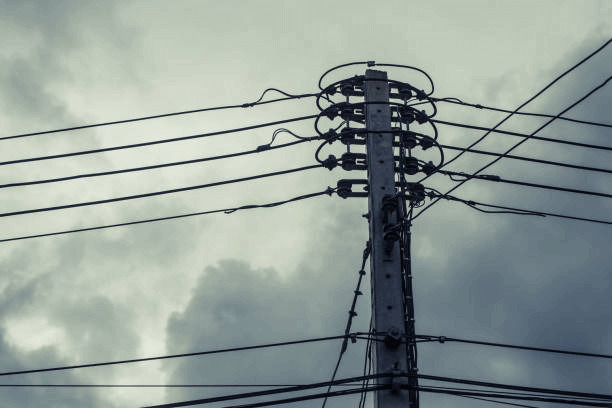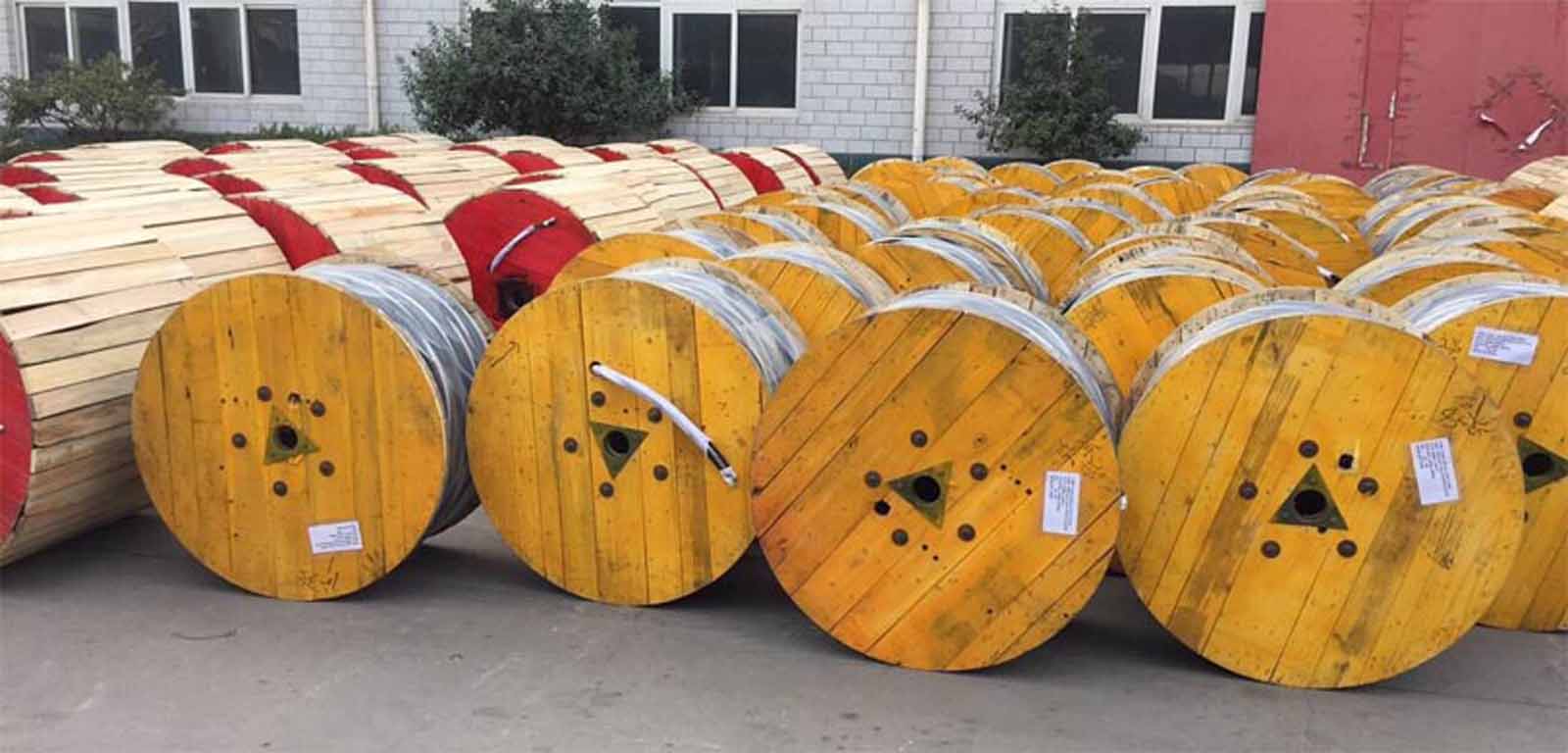How To Extend Aerial Bundled Cable?
 Jul 19,2024
Jul 19,2024

 Suke
Suke
Aerial bundled cable is installed in the air with a single core conductor generally, which has the insulated layer and outer sheath. Applying aerial bundled cable not only reduces numerous short circuit failures but also can avoid personal electric shock injuries and fatalities. Consequently, aerial bundled cable is widely used in domestic and international power transmission. When you need longer aerial bundled cable than before, what can you do to extend the cable to realize the transmission of electrical energy? The following will reveal the answer.

The wiring method of aerial bundled cables is the same as that of ordinary cables, commonly including using plugs, crimping, welding, and so on. Plugs are installed at both ends of the aerial bundled cable to form a longer cable. Due to its durability, plugs can be used repeatedly. In addition, what makes plugs convenient is that plugs are easy to take and can be disassembled at any time. The crimping method means that terminals and wires are connected tightly by crimp tools. Both ends of the extended part use junctions to realize this method. It is hard for cables to drop or cause power failure because cables become firmer. However, crimping requires specialized tools and techniques. If crimping is not done properly, it is easy to damage the cable and affect the power transmission effect. The welding method involves connecting the cable extension to the original cable to make cables more solid, which requires using welding equipment under the guidance of professionals. Improper welding can easily lead to short-circuiting or power failures. Therefore, in general, soldering is not a frequently used connection method.

When using overhead bundled cables, you need to be aware of these situations:
1. Avoid Overloading
When using cable extension cords, you need to pay attention to the voltage and current of the power supply. If excessive voltage and current are used, it is easy to cause safety accidents such as short-circuiting of wires and fire. Therefore, the voltage and current capacity of the cable extension cable should be the same as the original cable. You also need to consider the maximum carrying capacity.
2. Avoid Bending
The bending radius of a cable extension cord should generally be greater than its diameter. The bending radius needs to be considered since excessive bending may cause the core to break.
3. Avoid High Temperatures
High temperatures constantly will damage the cable and affect its service life. Therefore, the operating temperature of cable extension cords should generally not exceed the operating temperature of the cable itself.
4. Keep Dry
Cable extension cords should be kept dry and protected from rain, corrosion, and other external conditions. Instead, the safety of cables can be affected by moisture and corrosion.
5. Avoid Touching Sharp Objects
When using cable extension cords, you need to avoid damage from sharp objects. In order to protect the cable, it is best to place the cable extension in a high place or use protective measures.
In short, cable extension cable is a necessary tool to extend the length of cable use, and its correct use can increase the service life of aerial bundled cable and improve work efficiency. But when using it, you also need to pay attention to safety issues, and it must be operated in strict accordance with the operating specifications.

 Home
Home How To Test Medium Voltage Cable?
How To Test Medium Voltage Cable?  You May Also Like
You May Also Like

 Tel
Tel
 Email
Email
 Address
Address













